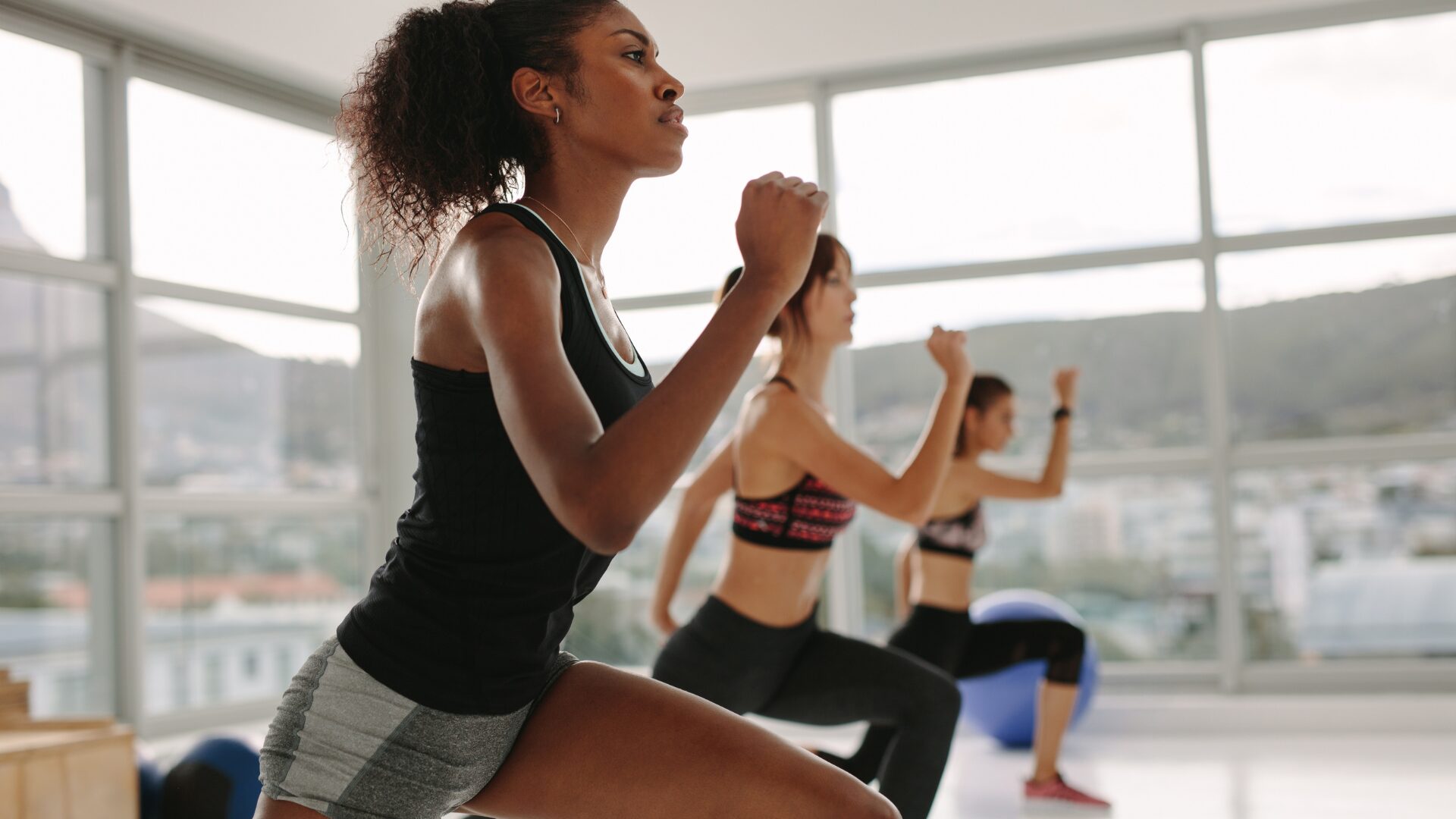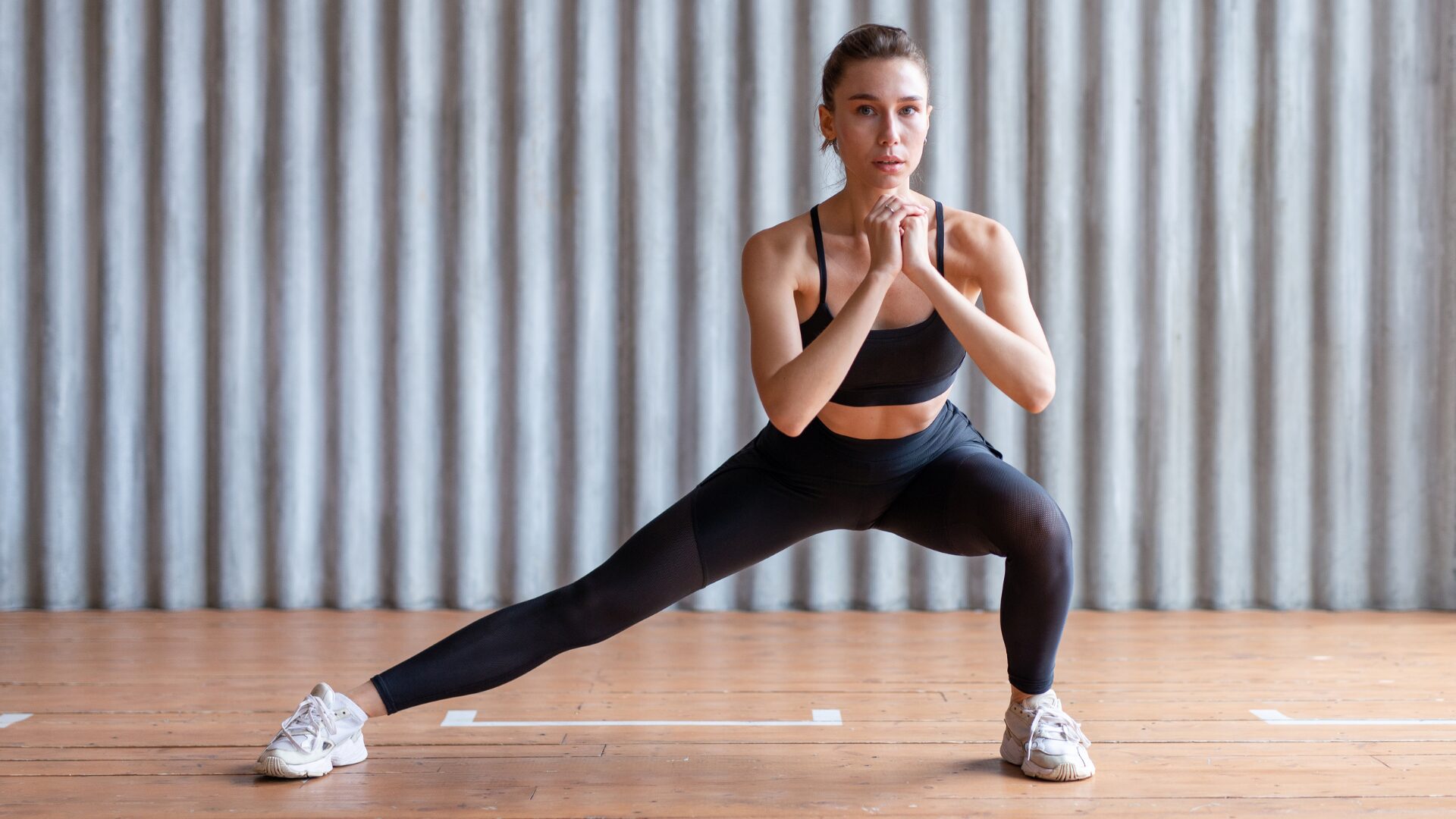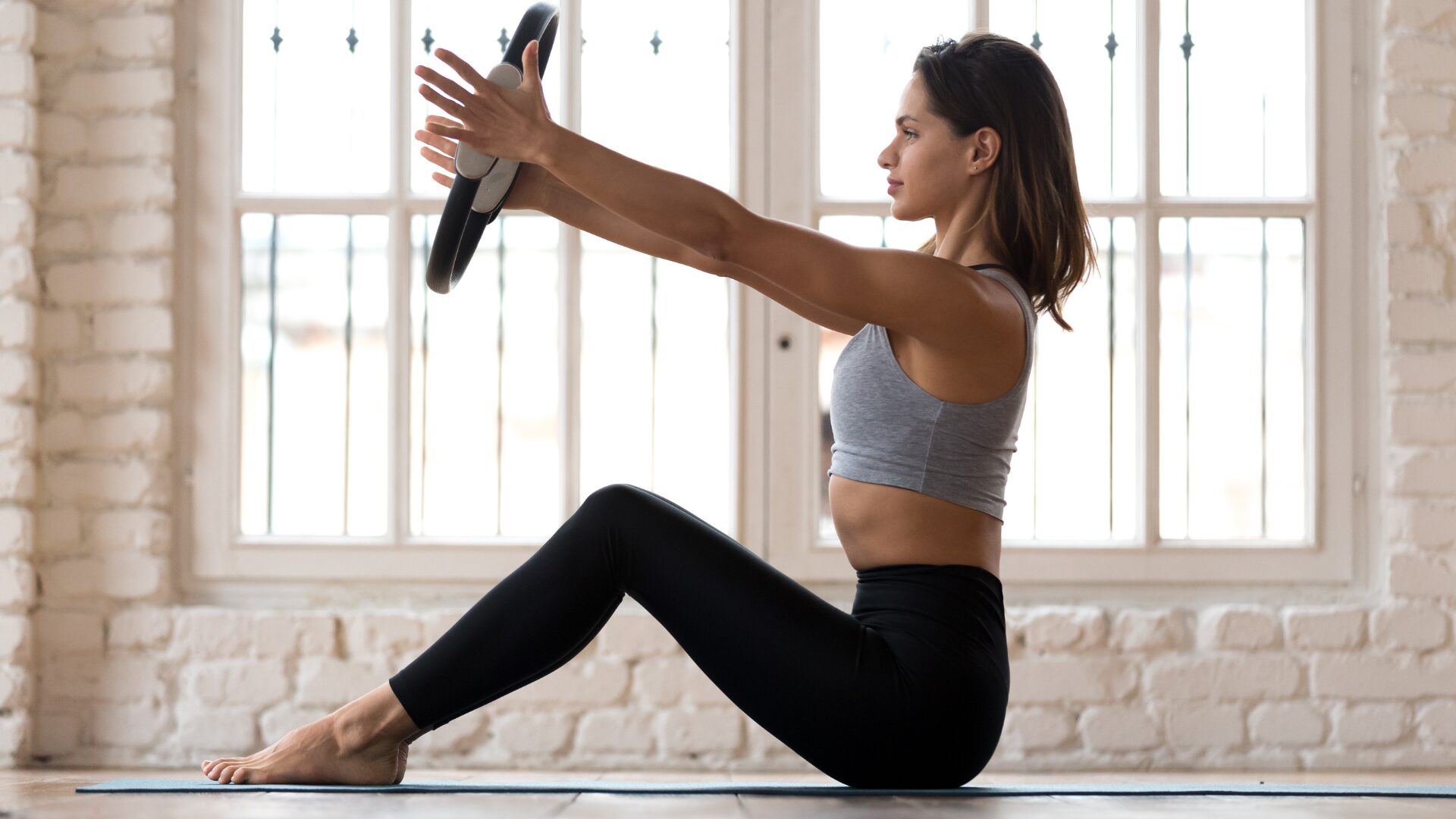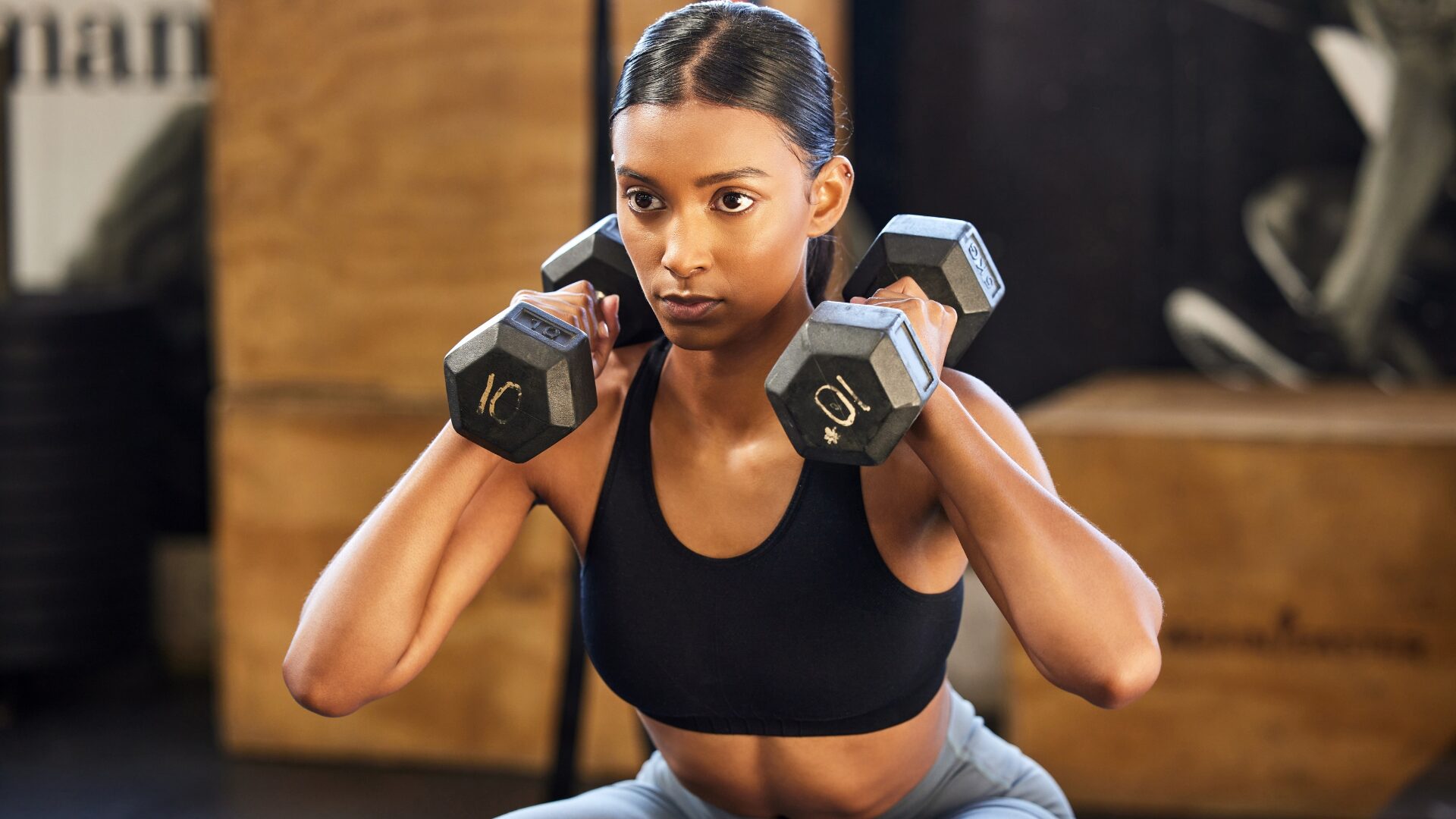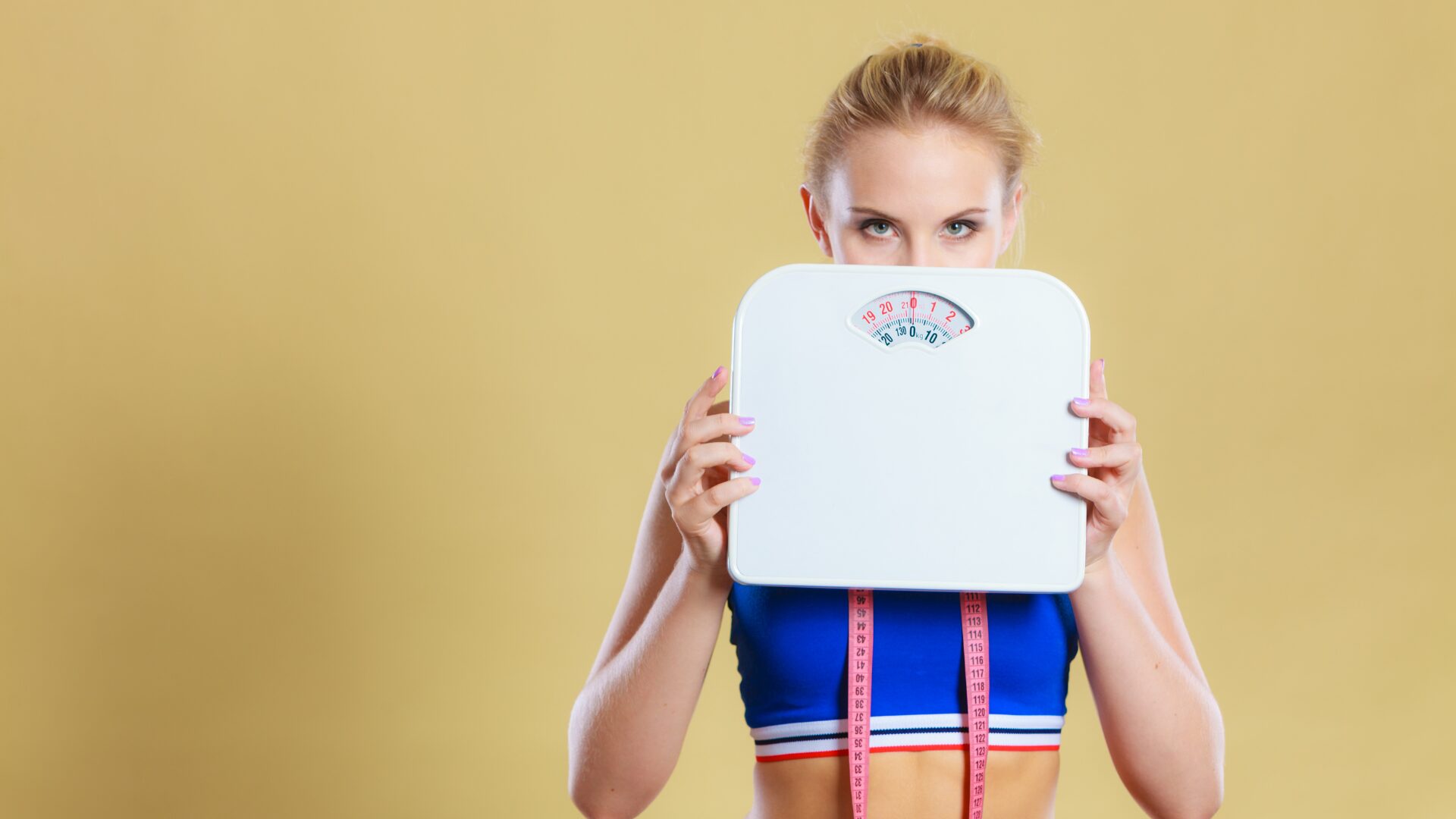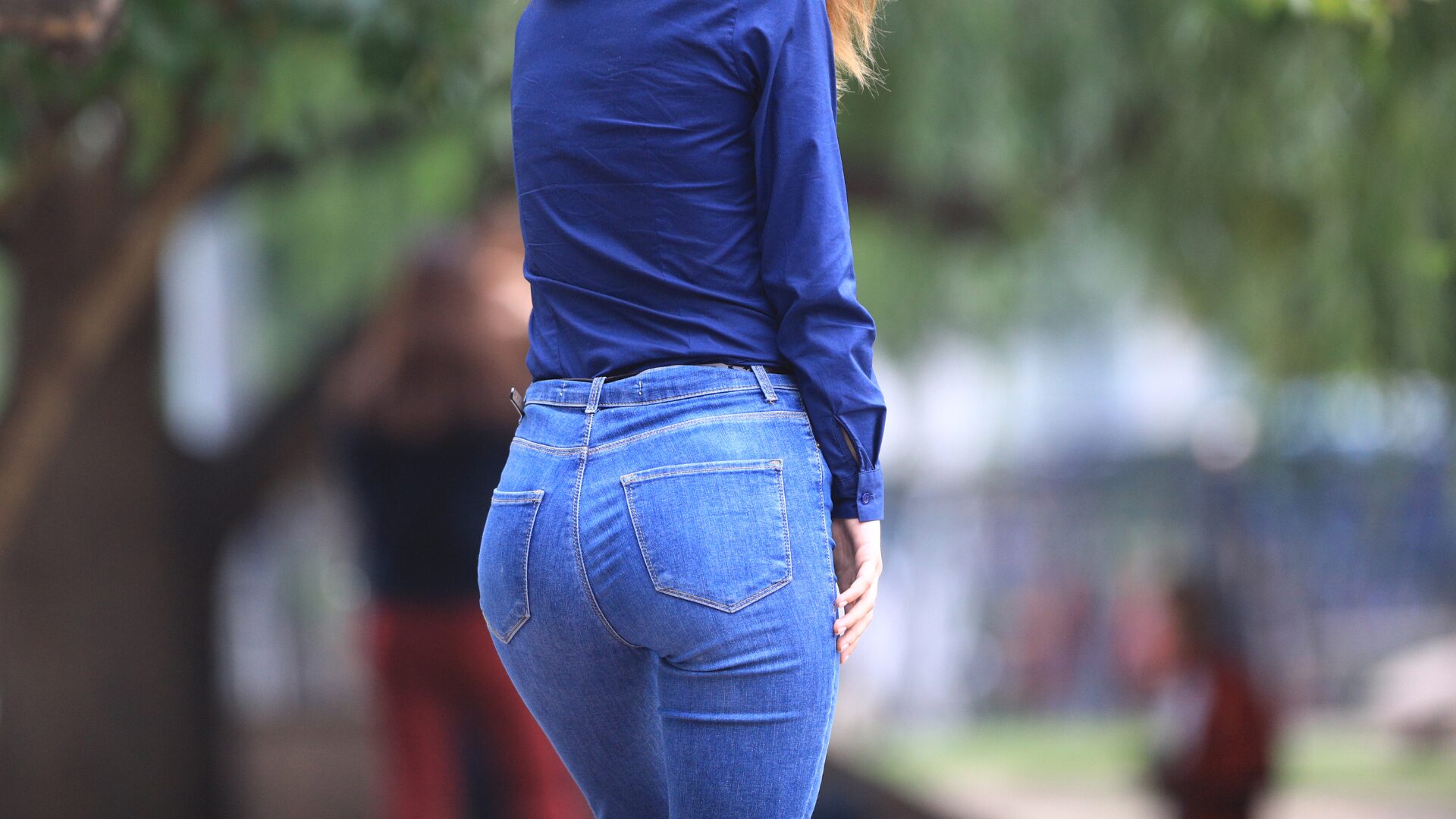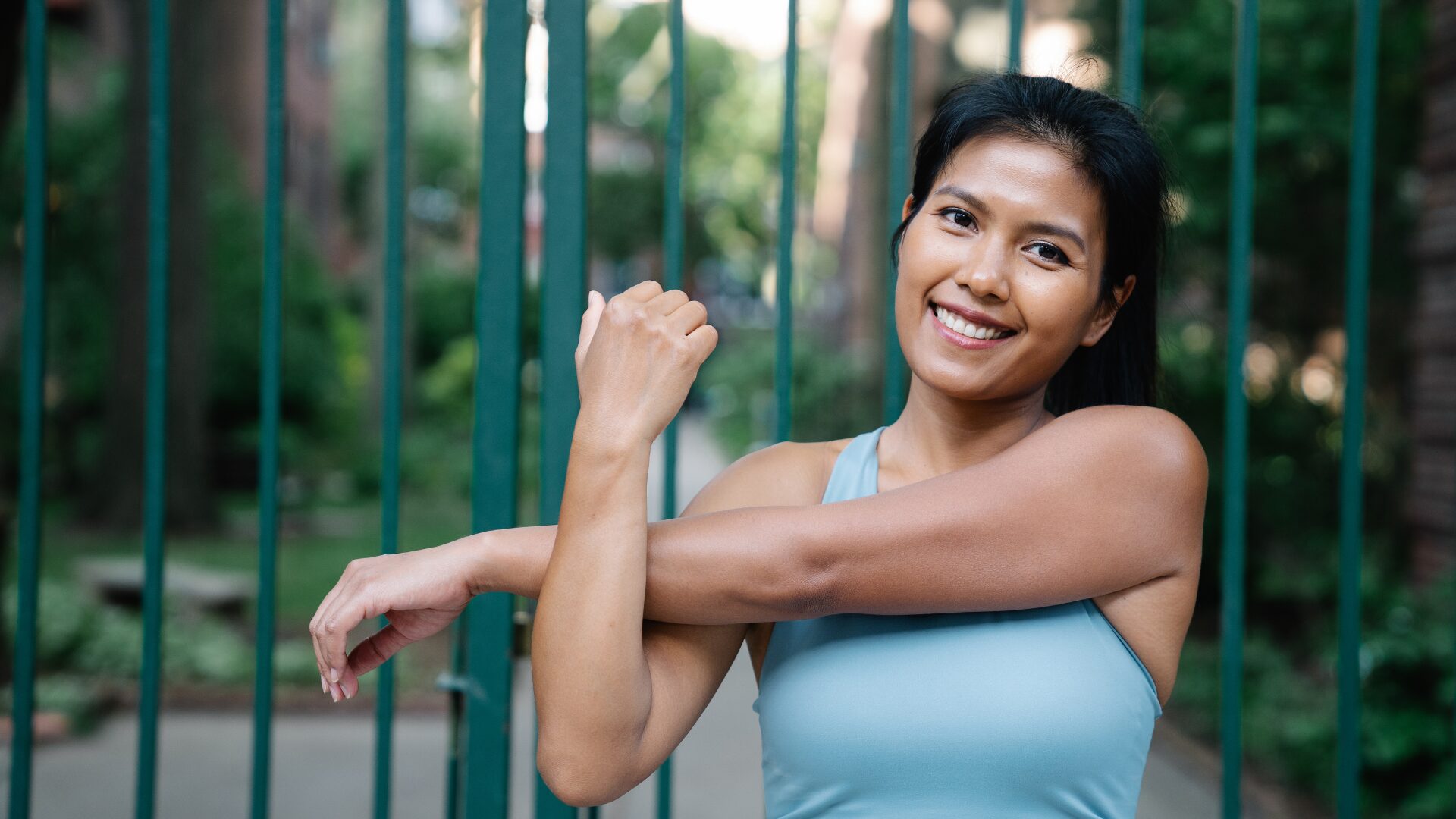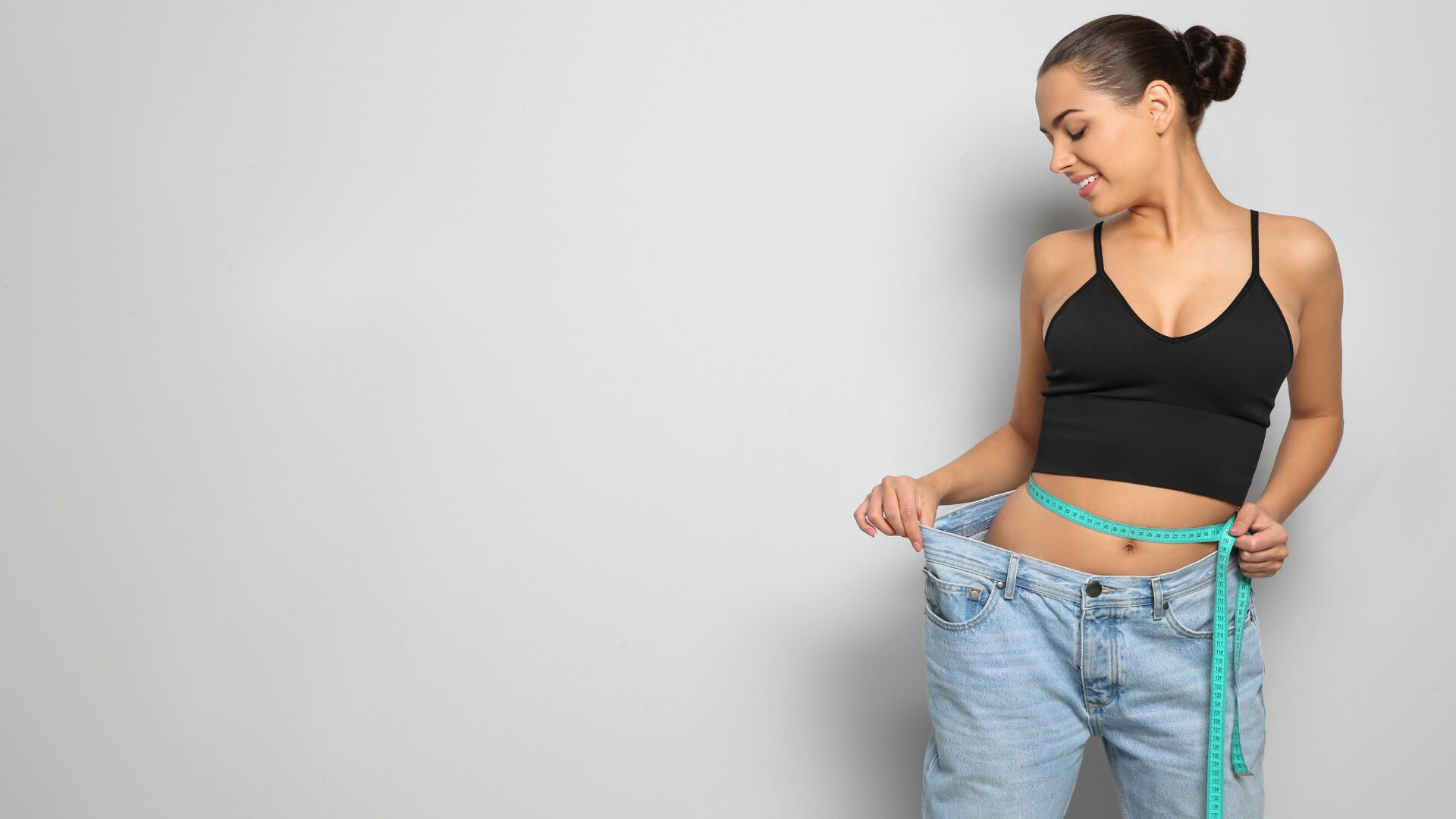Get ready to torch 1000 calories with this intense full-body workout! Achieve your fitness goals and push yourself to new heights. Say goodbye to boring workouts and hello to a calorie-blasting routine!
Get Stronger Legs with These Lower Body Exercises
Get stronger legs with these lower body exercises! Target and tone your legs with squat, lunge, deadlift, step-up, and calf raise variations. Transform your lower body today!
20 Delicious Vegetarian Recipes for Healthy Weight Loss
Looking for delicious vegetarian recipes for healthy weight loss? This article presents 20 mouthwatering recipes to help you shed those extra pounds while satisfying your taste buds. From breakfast options to lunch, dinner, snacks, and even desserts, these recipes are packed with flavor and nutrients to support your weight loss journey. Get ready to enjoy a variety of tasty vegetarian dishes that make healthy eating a pleasure!
Sculpt Your Waist with Pilates
Looking to sculpt your waist? Try Pilates! Target your abdominal muscles with precise movements and controlled breathing. Pilates also improves posture, flexibility, and core strength. Embrace a healthier you!
10 Effective Teas for Weight Loss
Discover the power of teas for weight loss! From green tea to ginger tea, learn how these brews can suppress appetite, boost metabolism, and promote overall well-being. Get ready to reach your weight loss goals with the right cup of tea by your side.
Build a Round Butt With These 10 Home Butt Building Machines
Looking to sculpt and tone your glutes at home? Discover 10 incredible butt building machines that will help you achieve a round butt!
10 Tips for Women to Gain Healthy Weight
Looking to gain healthy weight? Check out these 10 practical tips on setting goals, focusing on nutrient-dense foods, increasing calorie intake, eating regularly, incorporating strength training, staying hydrated, managing stress levels, getting sufficient sleep, and monitoring progress. Start your weight gain journey today!
9 Glute Exercises to Look Bootylicious in Your Jeans
Looking to sculpt your glutes for a bootylicious look? Check out these 9 effective exercises that can be done at home or in the gym. Get ready to rock those jeans with confidence! 💪🍑
Effective Arm and Shoulder Exercises for Women
Looking to tone and strengthen your arms and shoulders? This guide has effective exercises specifically designed for women. Get ready to feel empowered and confident with beautifully defined muscles!
7 Fast Tips for Weight Loss for Women
Looking for fast weight loss tips for women? Discover 7 manageable and effective tips to help you reach your goals. Improve your health and achieve a happier you!

